Breast Cancer Awareness Month misses point
I’m going to preface this piece by saying that two women in my immediate family are currently battling or have in the past battled breast cancer, two women I look up to immensely, women I have witnessed in my youth and now, as an almost-graduate of college, battle a disease so beyond my comprehension I am left speechless by their grit. These two women rock.

That said, October is Breast Cancer Awareness Month. This means pink ribbons and the ambiguous assurance that wearing a pink shirt may help find a cure for a complex and relentless disease that affects more than 232,000 women (and an additional 2,200 men) every year, according to the American Cancer Society.
Amidst this month of seeming “awareness,” one of my family members affected by breast cancer will undergo radiation therapy. She will drive five hours to Detroit from my hometown in the Lower Peninsula. There, she will get her treatment, hopefully one of the last in a series of perhaps 60 others that she has endured since January of this year.
However, this month has also brought the inevitable onslaught of pink-tastic yogurt lids/energy drinks/sporting goods/ribbons, pointless bracelets (you know what ones I’m talking about) and tight-fitting shirts with clever boob puns (Save the Ta-Ta’s!). During this time of the year when everyone is apparently much more aware that boobs exist and are susceptible to cancer, all I ask is that we all take a moment to reflect on what these light-hearted jokes are really alluding to.
For those driving five hours every week for chemotherapy, the clever jokes probably aren’t something worth paying attention to (in my family, those affected by breast cancer avoid the ‘pinkwashing’ by any means necessary). And for those unable to afford the procedures necessary to battle breast cancer, I can’t imagine the boob jokes are all that funny. After all, the money raised by the various breast cancer campaigns won’t pay for gas to get to treatments, nor, in most cases, for the treatments themselves.
In fact, and despite the good intentions of some organizations, recent reports by the Better Business Bureau of Chicago, as well as by Marie Claire magazine, point out that a handful of breast cancer charity organizations contribute almost nothing to actual research for the disease. Organizations like the Susan G. Komen For the Cure foundation have recently been outed for bringing in profits in the hundreds of millions while contributing little to actual research, instead using the month of October as a marketing ploy to reach the 18-to-54-year-old female demographic.
Further, Komen usually teams up with rather counter-intuitive companies for their marketing attempts, most notably with Kentucky Fried Chicken for its “Bucket for a Cause” campaign. It seems everyone but KFC sees the irony in contributing 50 cents of every bucket of fried chicken to breast cancer research when eight pieces of this chicken contain 2,400 calories and the leading cause of death in women is heart disease. Not quite a noble effort to help “save lives.”
Beyond that, even for those that are contributing to research, Marie Claire reports that in the 20 years since the breast cancer awareness boom of the mid-90s, amid annual yields in the billions, breast cancer research hasn’t been particularly fruitful. And on top of it all, what can be dreadfully referred to as the “Breast Cancer Awareness industry” is now being plagued by scammers like the Susan G. Komen foundation, which aims to target the most basic of all human emotions — compassion.
This all creates a sort of “guilt” paradox that most Americans are uncomfortable thinking about — that a cause that hits close to home for many of us, one that we want to be able to support — is in fact an industry, a marketing opportunity, an unfortunate breeding ground for scams and falsehoods that undermine our human desire to help those suffering from breast cancer.
But it’s important that I make this point: this isn’t about not supporting breast cancer awareness — by all means, everyone should understand the realities of the disease. It’s also not particularly about shunning those that find some sort of solace in wearing a pink shirt to class to support those in the throes of breast cancer, or those that buy the pink version of their favorite beverage just because the option is there. The organizations being supported by these purchases, I can only hope, are putting all possible energy and resources toward actually finding a cure and helping cancer patients in their respective struggles.
But as it is, the breast cancer awareness fad is no longer about the humanity of helping. Breast cancer awareness is a brand. It means corporate profits for Yoplait, with their pink lids, for Mike’s Hard Pink Lemonade Special (Breast Cancer?) Edition and for Swiffer Wet Jet, which is “Cleaning for a Cause” this month (gag…).
It’s about capitalizing on the good intentions of Americans who are desensitized by years of “slacktivism” — the idea that sharing this image on Facebook or updating your status to the color of your bra (oh, how scandalous!) will somehow make people more ‘aware’ of a disease that has killed 39,620 of the estimated 232,340 women diagnosed so far this year — a disease that brings thousands of dollars of debt to those affected by it who are subsequently unable to pay for it. It’s a disease that has directly affected two women in my family, and, I assume, many, many others in the NMU community and beyond.
I understand that donating to research is a way for those not directly affected by breast cancer to feel like they have helped in some way. I only ask of these individuals that they research where their money is going — the American Cancer Society is a surefire place to send donations if donors are scam-wary.
However, on the awareness front, all I have to say is that awareness does not stop breast cancer. Awareness also does not support the women who are struggling to pay hospital bills, or those who are too weak to continue working or even to go to the grocery store while enduring chemotherapy. And as of recently, it appears that awareness also doesn’t cover the myriad of other cancers that humans are subject to. The industry has focused solely on breast cancer, apparently because boob puns are fun and everyone likes boobs. I have to wonder — what about leukemia, ovarian cancer, liver cancer and pancreatic cancer? Are these forms of cancer not deserving of the billions of profits for research that the breast cancer awareness industry is currently raking in?
I ask that everyone research where they’re putting their money, and that next time they consider buying that pink bucket of fried chicken or a pink garbage can (these exist), remember who is at the root of this seeming ‘awareness’ being spread — not some ambiguous corporate entity, but real women.


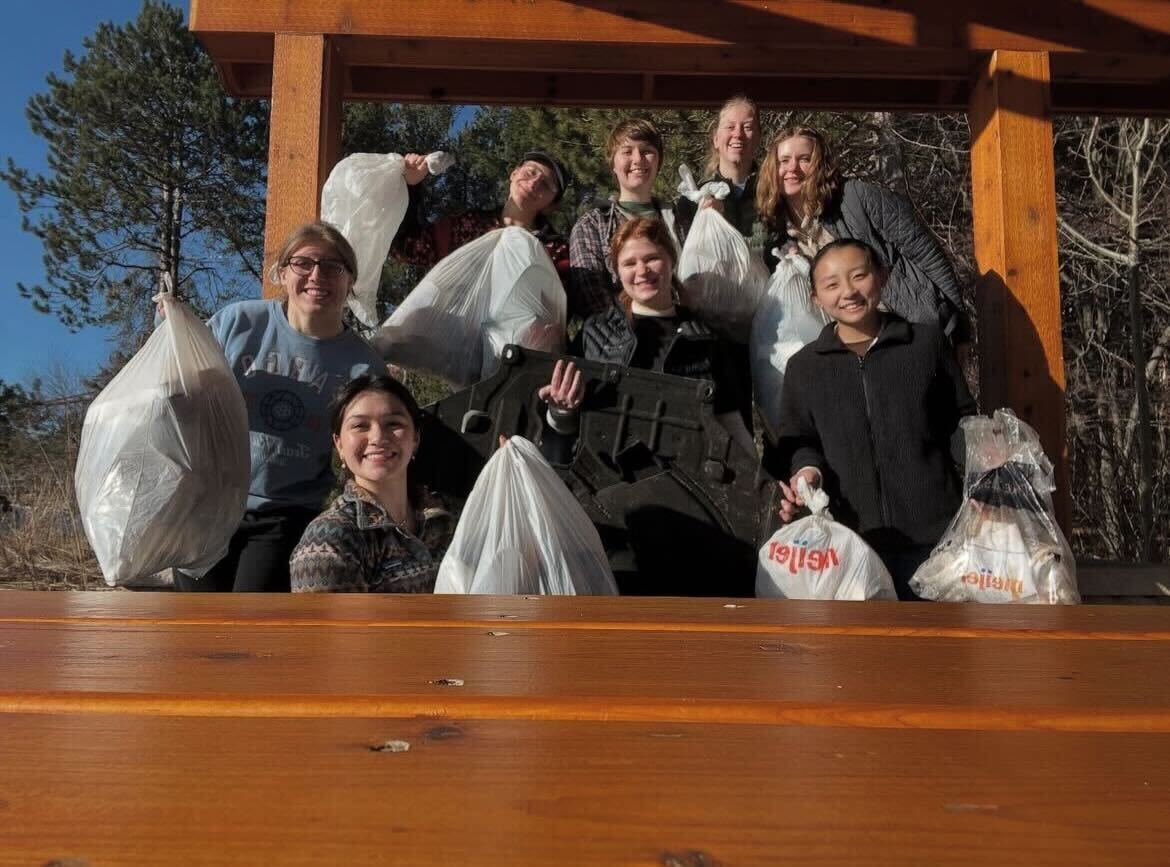
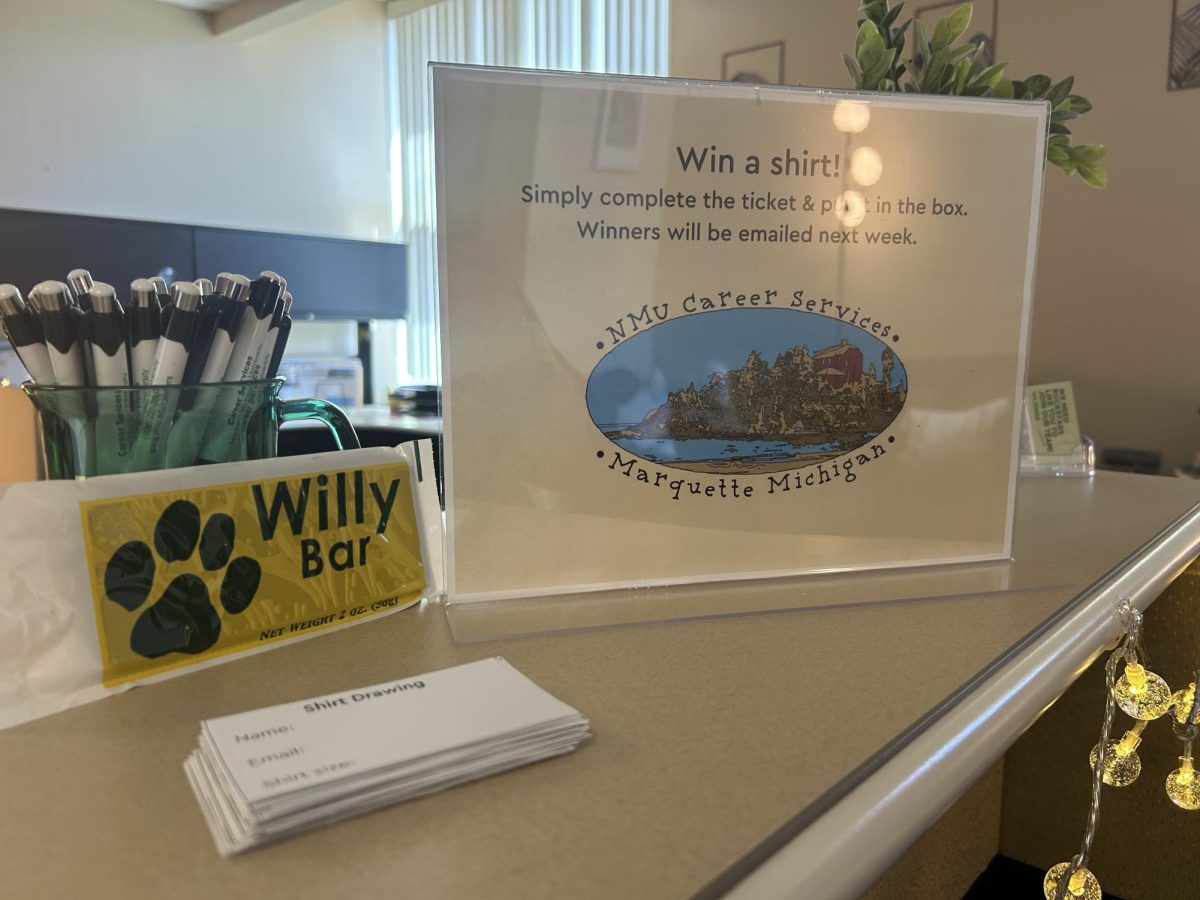
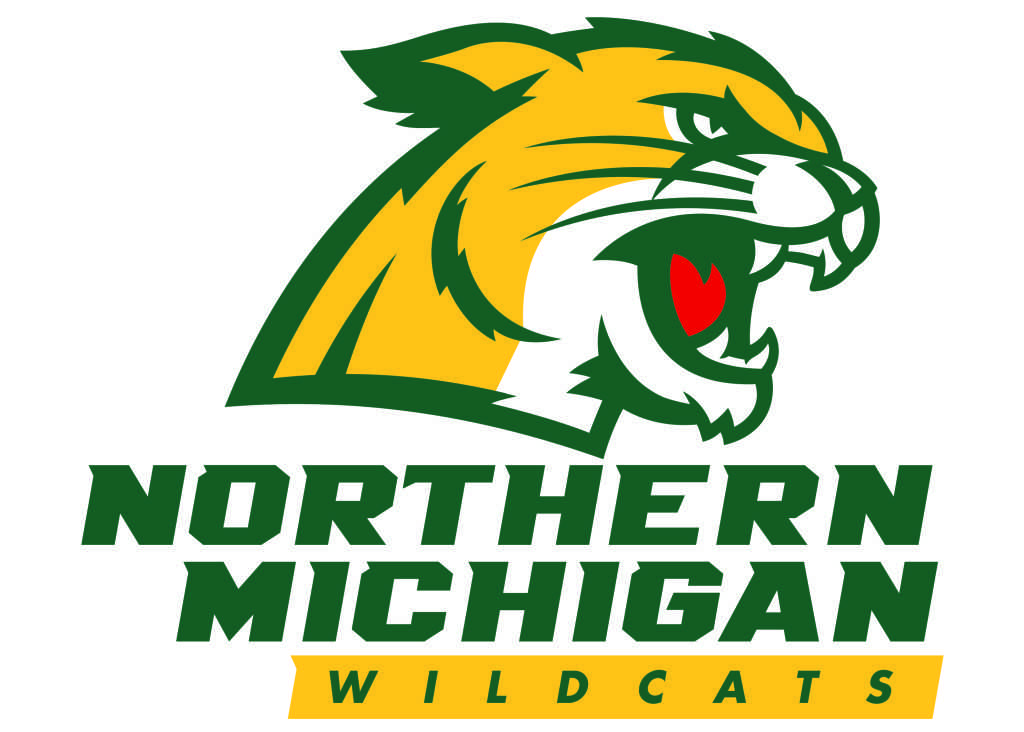
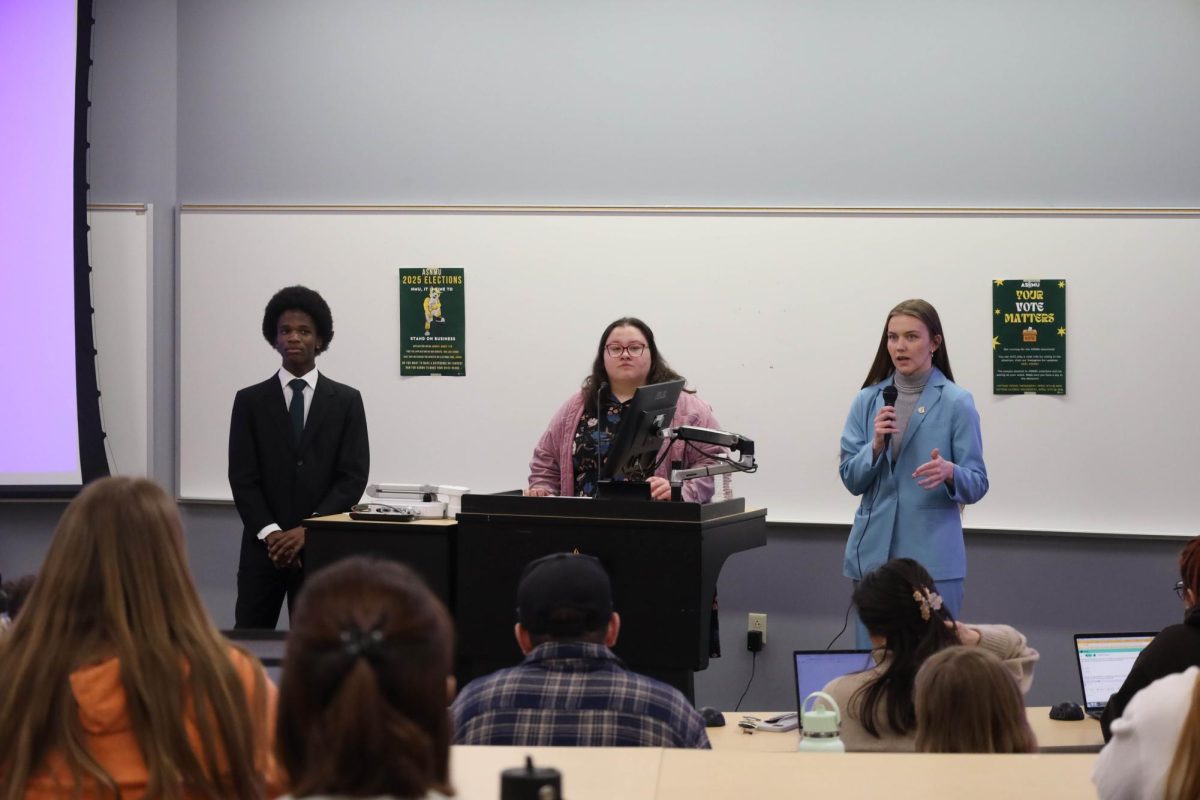
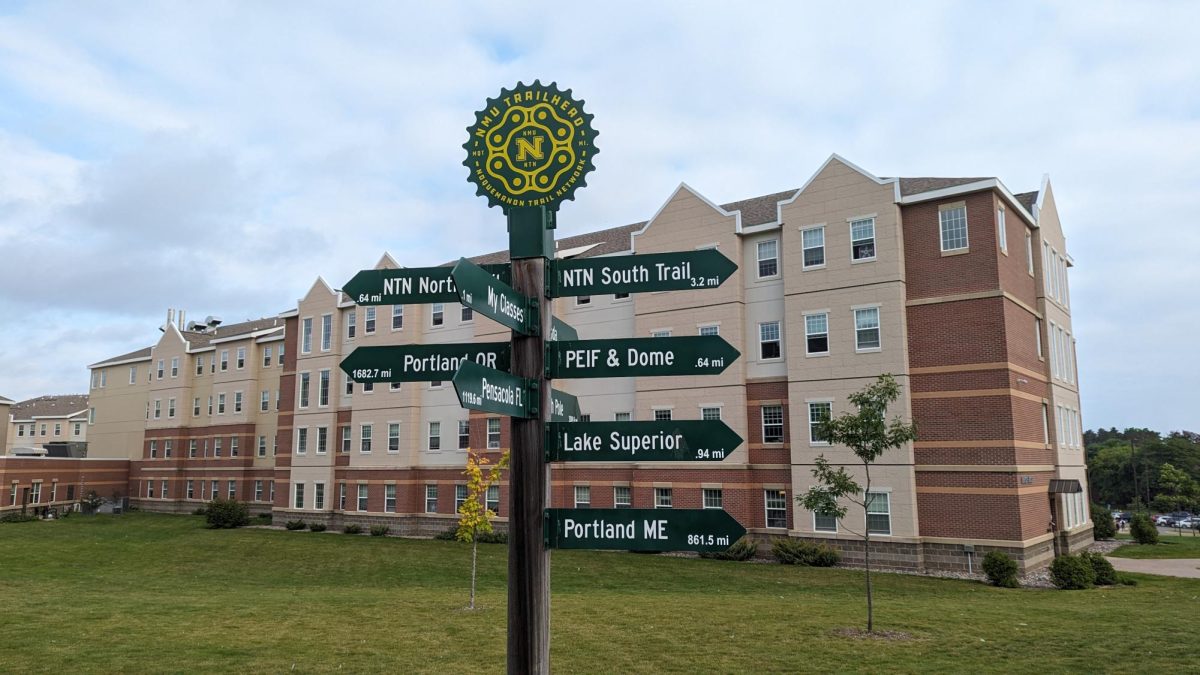
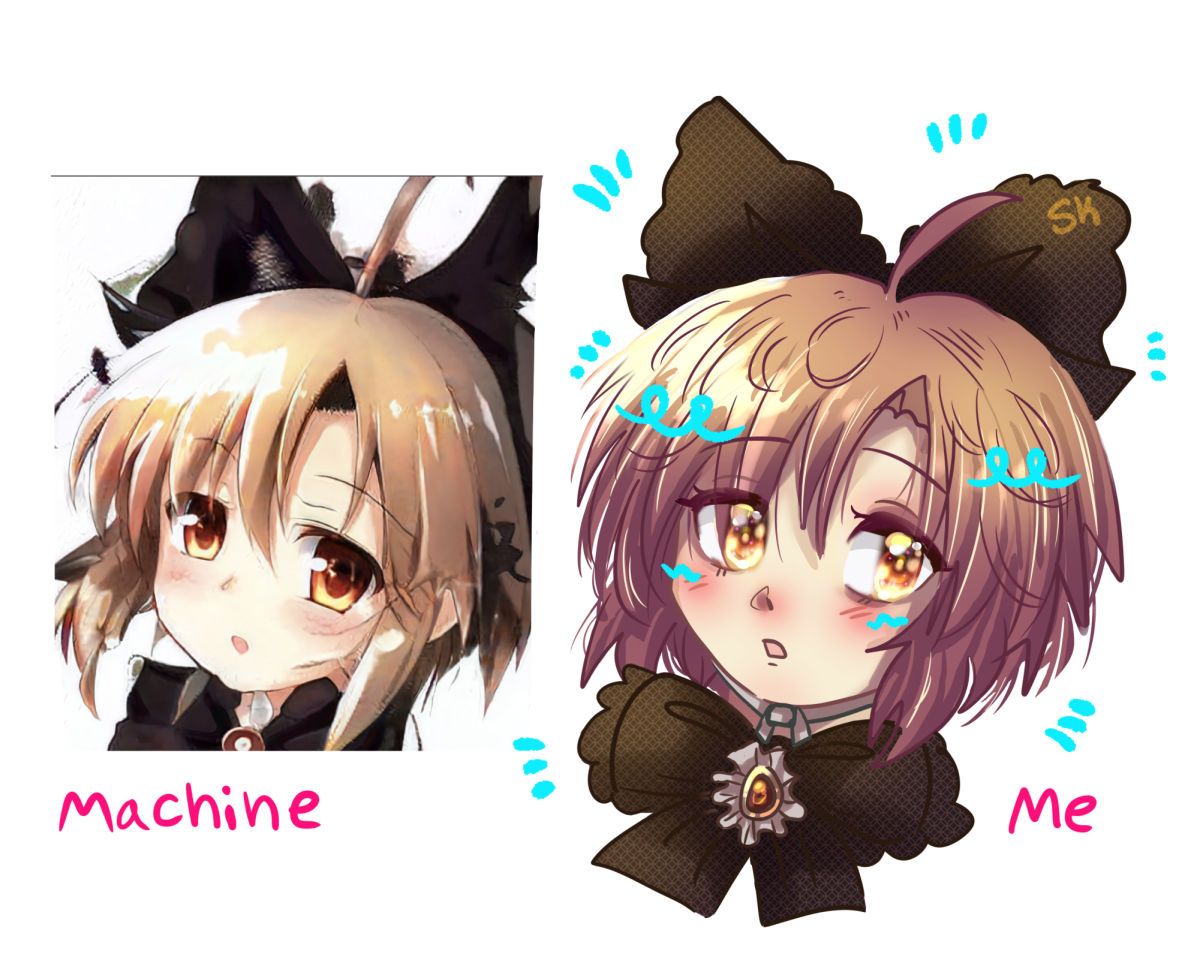


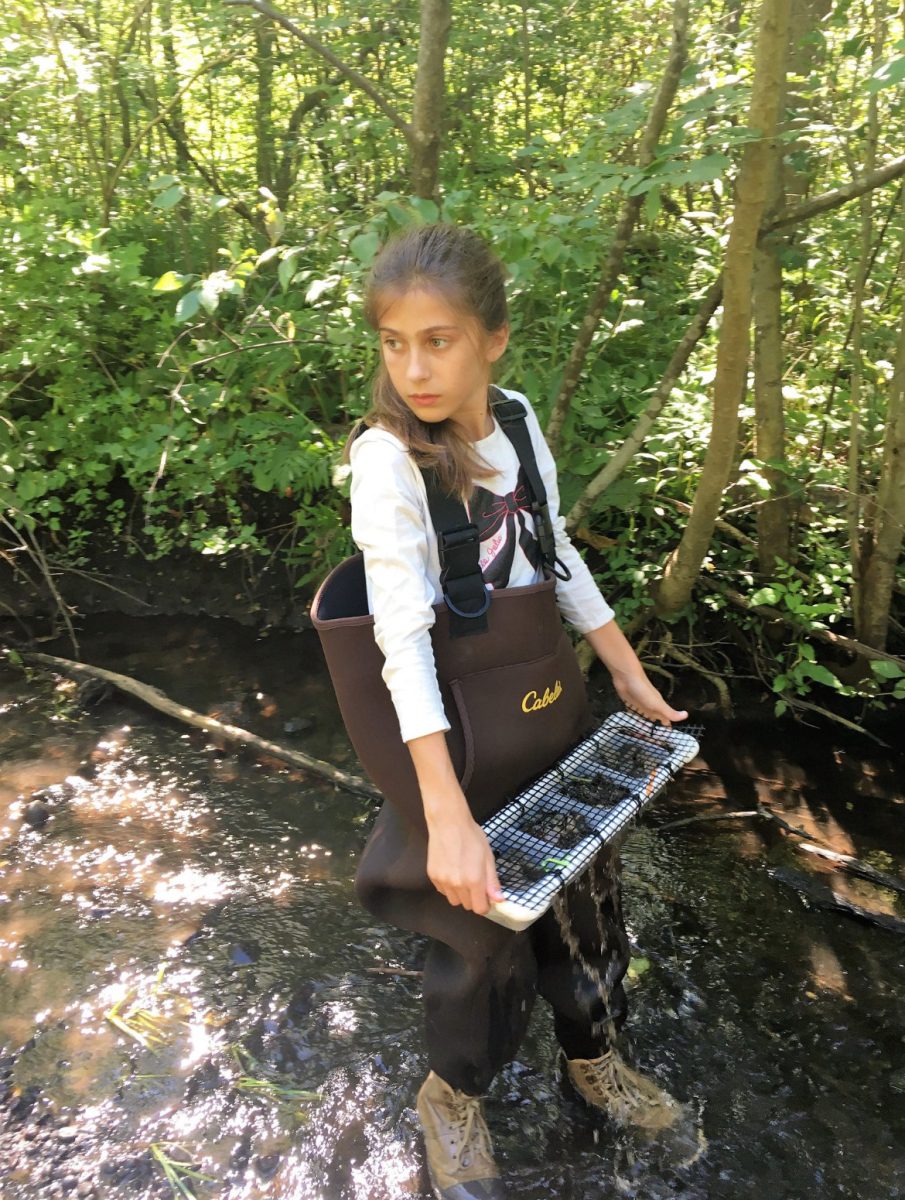


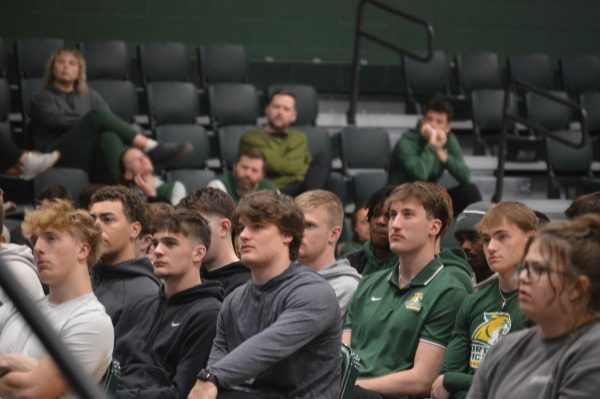

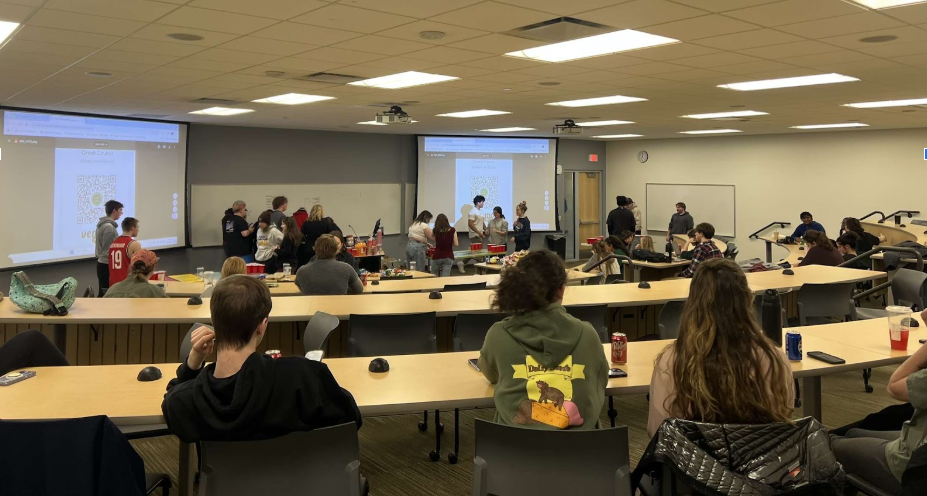
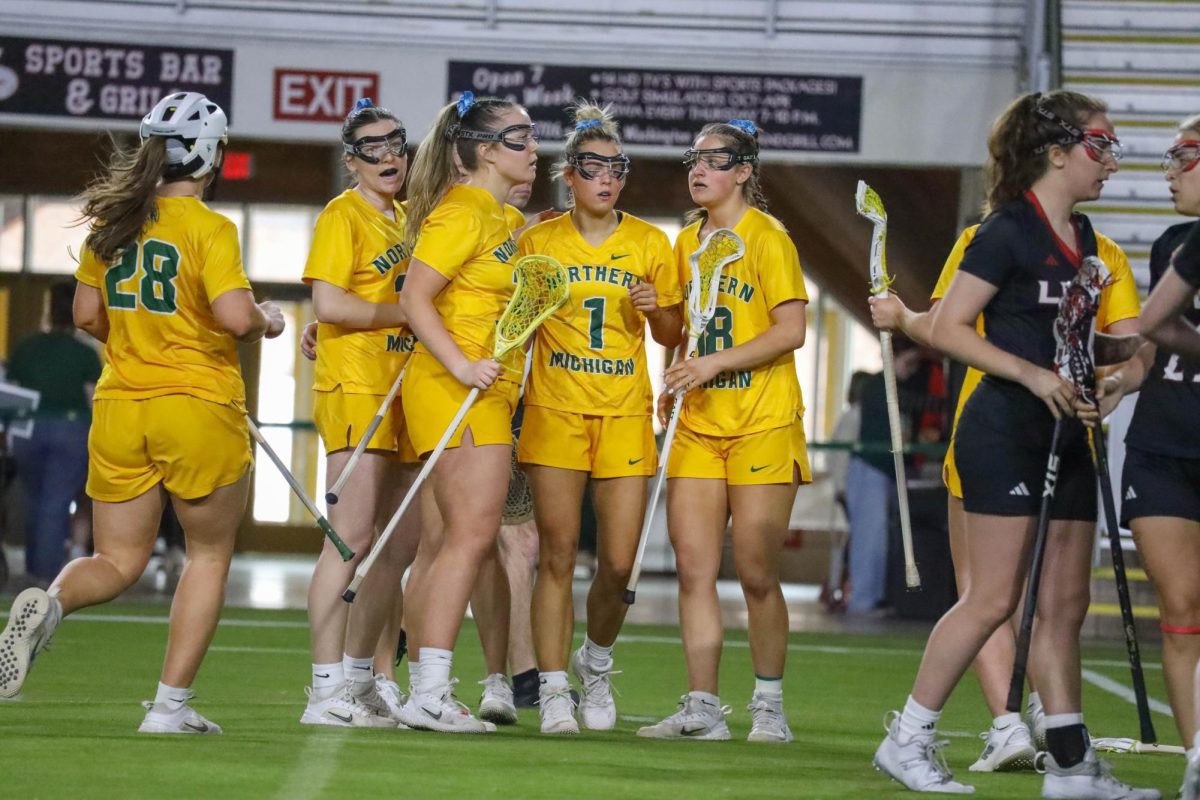

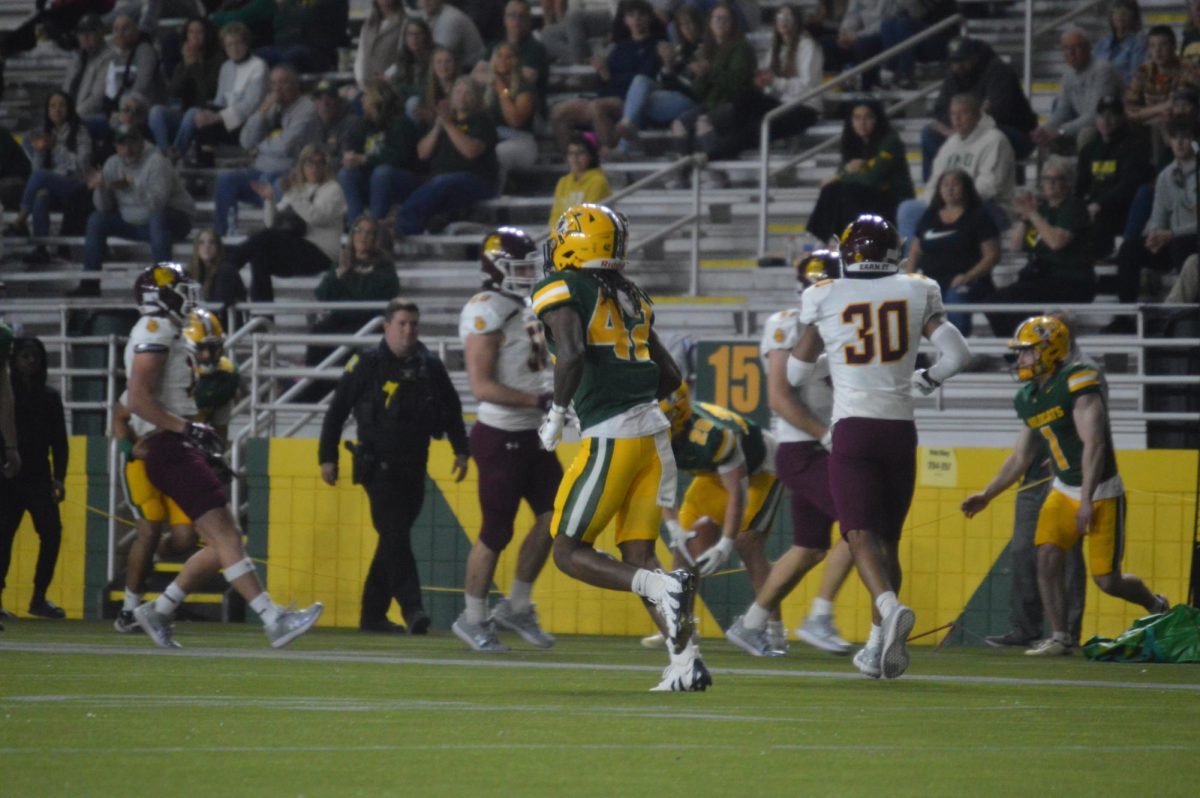


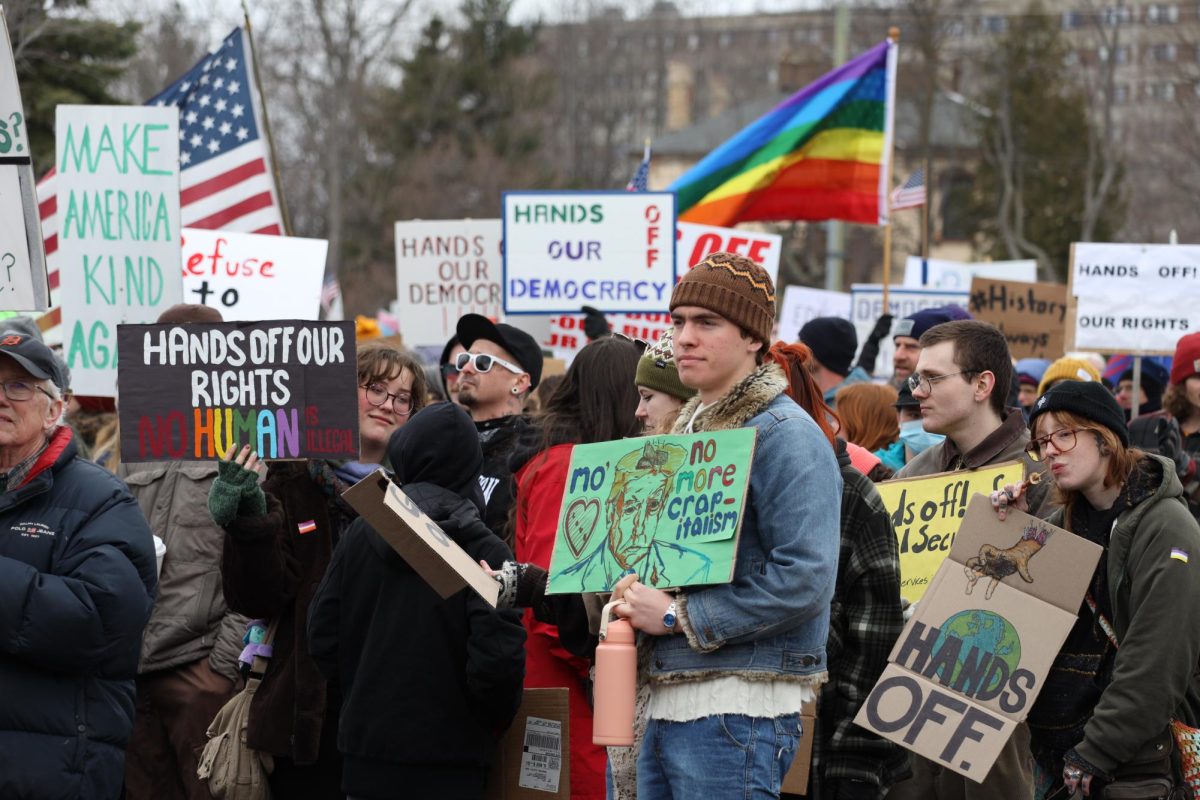
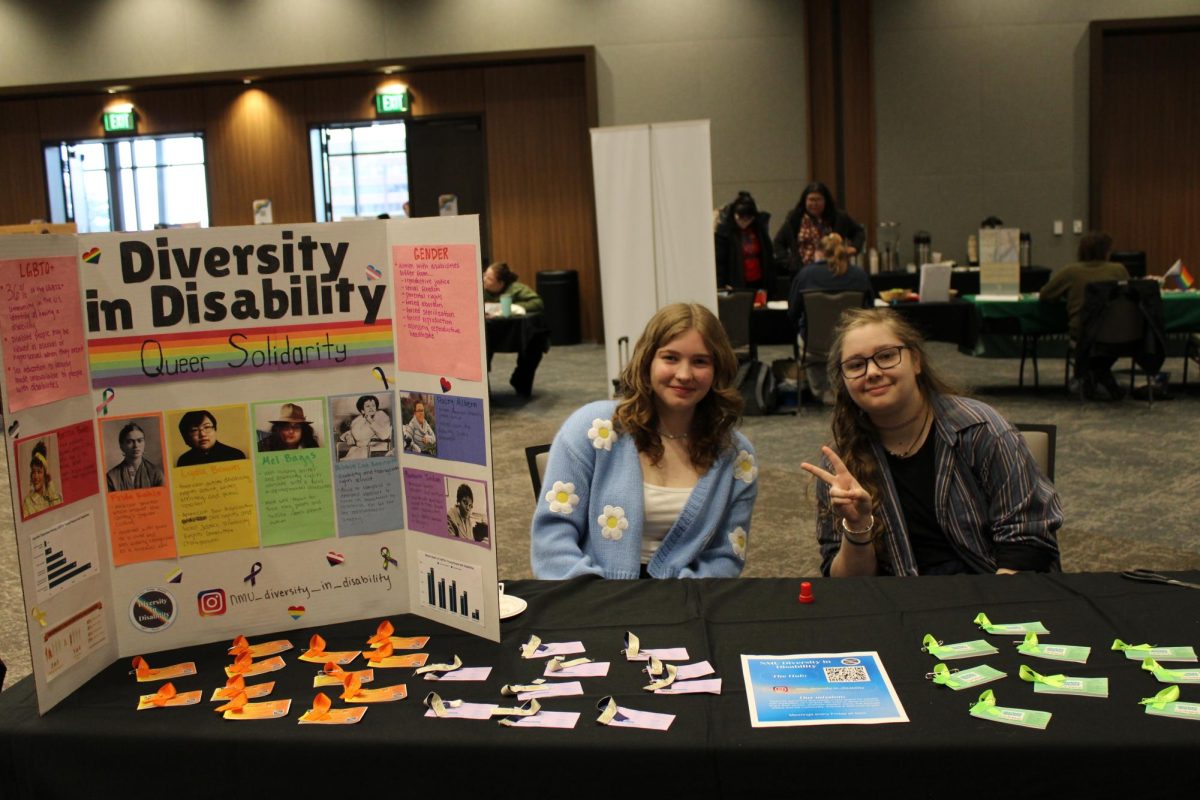

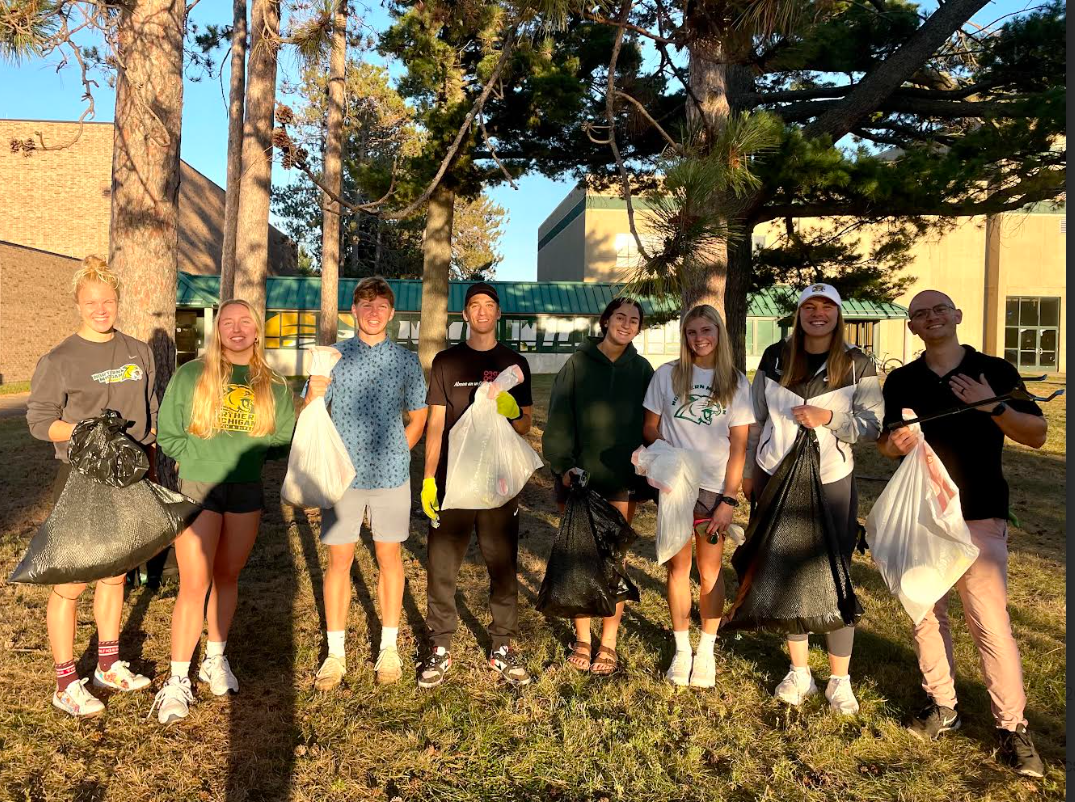
jim greene • Oct 25, 2013 at 12:19 am
Very nice article. The writing is very good, and the analysis is impressive.
Doc George • Oct 24, 2013 at 11:32 am
I certainly agree that this article is well thought out & conveys an important message. There are other disease-related nonprofits that do an excellent job of supporting research and using resources (contributions) carefully, though. Before making a contribution to causes like cancer, it’s best to do some homework to find out more about the organization. I guess that’s hard to do in front of the yogurt counter, but keep it in mind when you open your checkbook.
Breast Cancer Spousee • Oct 24, 2013 at 11:27 am
In July 2004, my wife was diagnosed with breast cancer. As a temporary employee, I paid for health insurance out of my own pocket. This decision saved my wife’s life. One month later, I was hired by a company and received full medical insurance coverage. We have battled the disease during the original diagnosis and during its progression to the brain and spine. During the healthcare changes, we watched the max out of pocket per year go from $1000 to $2500 and now $4500. We have watched HSA limits drop from $5000 to $2500, meaning January now costs $2000 for healthcare due to my wife maxing it out. We spent 8 months apart while she had compassionate care treatment that has shown a break through and may save thousands of lives in the next decade. Treatment for travel is not reimbursed by any of the pink companies. There is no help with the cost of the treatments from the pink companies, which means that my six figure income requires my savings to supplement the cost of reatment. There was no hope given to her from the disease once it progressed to her brain by the pink companies or the researchers. It was one person who did the research to look at similar cases that had positive results and came up with “THE PLAN”. That person was me. If you want to help patients affected by this disease, the National Breast Cancer Coalition provides resources to researchers and patients. Send your money to them and say it was because a friend of of a friend of Fran Visco told their story.
By the way, I am a 30 year veteran of the pharmaceutical industry. I lost my mother to the same disease that wants my wife. I lost my father to heart disease. I work to bring treatment to each of these disease groups in ways that can never be reported. Do the right thing and “Pay it Forward” to those that need your help.
Sharon G. • Oct 24, 2013 at 10:57 am
Wow. I am so in agreement with everything you’ve said! My mother was a two time breast cancer survivor, who in May of 2013 finally passed away, and I can tell you there was not one bit of personal support for her from any of the cancer awareness organizations. Wouldn’t it be nice if the money we donated went directly to a person to help them offset the financial burdens that come as a result of having cancer? Someone told me that the Dempsy Challange in Maine actually puts all proceeds into helping people directly. I’m not sure of that is true, but I hope so! Thank you for your well written article.
sj0350 • Oct 24, 2013 at 10:52 am
I went and looked at Komen’s site after reading this as well as Charity Navigator. Komen took in the order of $300,000,000 — 300 million bucks and paid out only $35m in research grants (see (http://ww5.komen.org/2013grants.html). I wonder where the rest of the money went….
DougW • Oct 24, 2013 at 10:44 am
It is hard to imagine that anyone still thinks of Susan G. Komen as a viable ‘charity’ organization. Their primary goal is to raise money that is mostly spent on their own events, internal salaries, and unfortunately right-wing political efforts. We need laws in this country to stop this type of scamming of donors. In my opinion, 90% is the minimum acceptable percentage of collected donations that should go to actual research or payment assistance for treatment. Komen, like many other organizations (PLEASE don’t give any cars to ‘1-877-KARS4KIDS’!!!) are nowhere near that split on spending. Please, please stop giving these people money that could be used to actually help people!
Alan • Oct 24, 2013 at 10:31 am
Nice article. I would add that a lot of these awareness campaigns would be better labelled misinformation campaigns. If you want reliable information on cancer and health consult the USPSTF, NCI or the ACS.
For additional critical coverage on the pink campaign see:
http://www.healthnewsreview.org/?s=pink
Next month we have Movember to look forward to (the pink campaign is metastasizing):
http://www.healthnewsreview.org/2012/11/move-over-movember/
Sarah • Oct 24, 2013 at 10:17 am
Bravo, well said! I particularly applaud your mention of the fact that the leading cause of death in women is heart disease, something which needs a much bigger “awareness” campaign, because heart disease is so much more preventable than breast cancer.